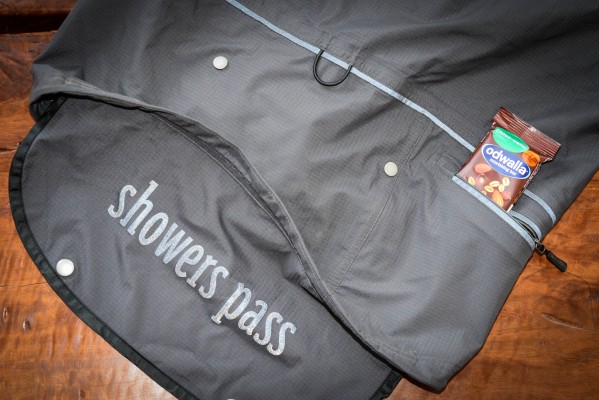After more than a few years worth of experimenting, debating, and magazine reviewing; the 29’er is here to stay. The 29″-wheel has become the Super Swamper of mountainbiking. Almost every major bike manufacturer now has a 29″-wheeled mountainbike in their line-up, and the small scale & custom framebuilders have been making them for years.
This is not a bad thing, not by far. By default, the mountainbike has been rolling on the 26″ wheel since the beginning, and it works well. But since we humans have a fairly sad power-to-weight ratio (when considering the rest of the animal kingdom), not many of us wanted to make the trade in grunts when the 26″ wheel provided us a modicum of strength & traction, with a very reasonable mass.
Still, the advances in wheel & tire technology have made it possible; and even desirable, to have 29″ wheels on our bike frames. So it happened that the builders and aftermarket came to support this trend, and we are graced with more choices than ever when it comes to what, where, and when we want to ride.
But there are still issues that fails to go away. 29’ers still accelerate slowly, steering can be sluggish due to that same centrifugal force, and they are still less resistant to abuse than 26’ers. Then there is also the issue of frame design. 29’ers have always been more friendly to taller riders. Frame builders have to contend with wheel/toe overlap, correct wheelbase, large wheel & suspension-corrected geometry, amongst other things.
All this has led me to explore the nascent world of the 650b wheel. A 650b MTB by Pacenti was recently featured in a Dirt Rag article.
This 27.5″ bicycle wheel is widely used in Europe on their touring, city, and cyclocross bikes. It falls right in the middle between the 26″ & 29″ wheel. It has the benefits of it’s slighter mass still helping stabilize a bike but accelerating faster and being less of a burden on steering. The smaller wheel allows frame builders to build bikes for smaller riders, thus giving them the opportunity to sample the goods of having big wheels.
My interest in the 650b wheel has grown since first learning about them earlier this year, and it seems that my interest is echoed by a few in the custom bike industry; as well as a piqued interest from aftermarket wheel makers. And recently, a conversation that I had with Steve Garro of Coconino Cycles has even furthered my hope that the 650b wheel idea takes hold with the rest of the mountainbike industry.
I’m going to keep a close eye on this one. My wife is one of those small riders who would love for the opportunity to ride a big-wheel bike, and the 650b could very possibly afford her that. And as for myself, I’ve never fully caught the 29’er bug; but I would definitely consider a bike with wheels splitting the difference between 26″ & 29″ rolling stock, and this could hold true as well with other riders who haven’t been sold on 29’ers either. And, I’d hazard a guess that’d it be much easier to fit certain 26″ MTB frames & forks with 650b wheels & tires, so it would be possible to breath new life into a well-used ride.
Stay tuned, folks!



















